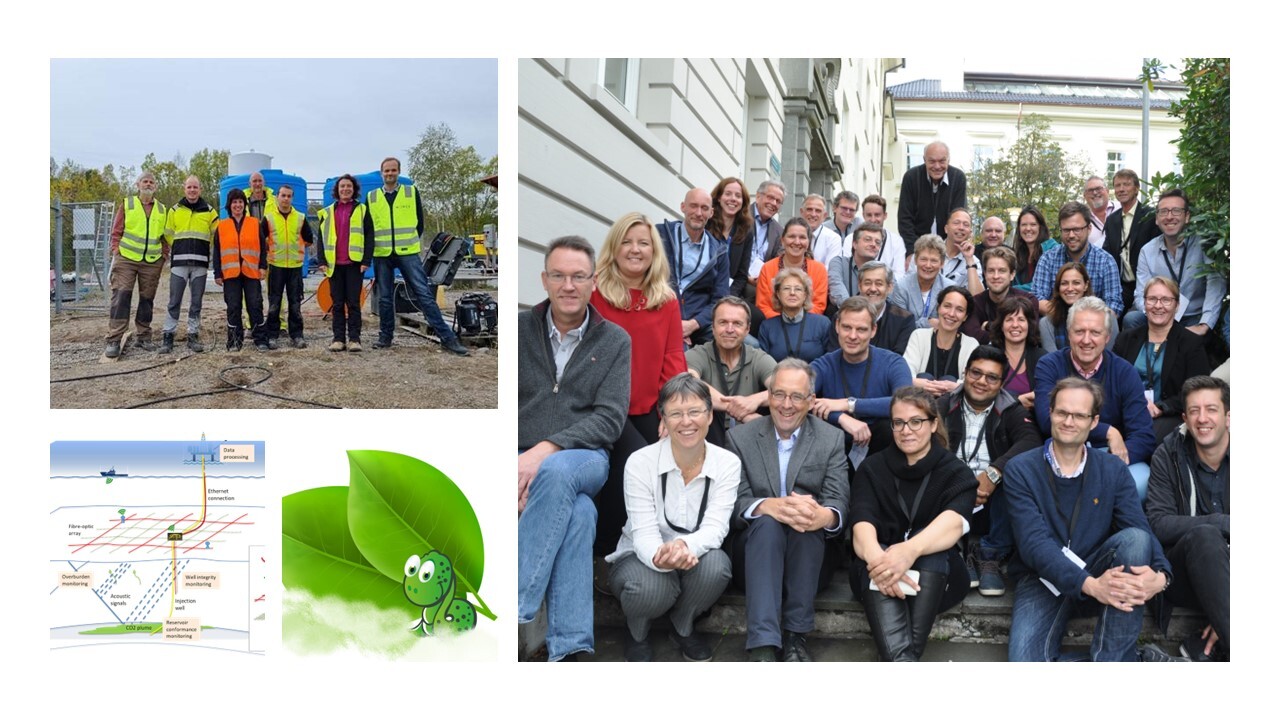Whilst a number of demonstration projects have shown the feasibility of CCS, operations need to be cost effective and easily scalable in size and number.
A key component in the operation of any CCS project is measurement, monitoring and verification (MMV), which must demonstrate that projects are planned and executed in a societally acceptable manner and ensure safety and containment of injected CO2. Analogue / digital sensors and single purpose systems are available for CO2 monitoring and detection, providing accurate and comprehensive measurements with a significant range of resolution and uncertainties. This is often at prohibitive costs, and seldom in combined systems.
A key scientific challenge is to deploy a cost-effective optimal combination of technologies that can reduce the uncertainties, collectively improving the probability of successfully verifying containment or detecting breach in CO2 barriers.
The overall objective of the DigiMon project was to “accelerate the implementation of CCS by developing and demonstrating an affordable, flexible, societally embedded and smart Digital Monitoring early-warning system”, for monitoring any CO2 storage reservoir and subsurface barrier system, receiving CO2 from fossil fuel power plants, oil refineries, process plants and other industries
Sub-objectives for the DigiMon project included:
- Provide a system for monitoring the CO2 plume and identify and provide early-warning of actual or potential breaches in the subsurface barriers.
- Provide a flexible and interchangeable system with respect to the environment (offshore or onshore) and new system components provided by market-driven technology development.
- Provide a societally relevant monitoring system that addresses the views and worries of various stakeholder groups and citizens.
- Provide knowledge communication and dissemination to the public and policy makers.
Physical parameters that are influenced by migration and saturation of CO2 outside the predicted flow path can be measured using a variety of geophysical methods, including acoustic, electro-magnetic (EM) and gravity measurements. The DigiMon concept focused on geophysical monitoring
The DigiMon project assembled a strong international and interdisciplinary consortium with leading research institutions and industry from Norway, the Netherlands, Germany, United Kingdom, USA, Romania and Greece, with professional capabilities and skills from both natural and social sciences.
The innovation of the DigiMon approach lies in the integration of a broad range of technologies for MMV at CO2 storage sites (i.e. distributed fibre-optic sensing technology (DxS), seismic point sensors and gravimetry).
The DigiMon project has involved development and integration of system components that are available at intermediate to high Technology Readiness Levels (TRLs) and raising them to a uniformly high TRL.
DigiMon has also succeeded in bridging technology and social science research, particularly through development of the Societal embeddedness Level (SEL) methodology for evaluating social readiness or maturity of CCS projects.
